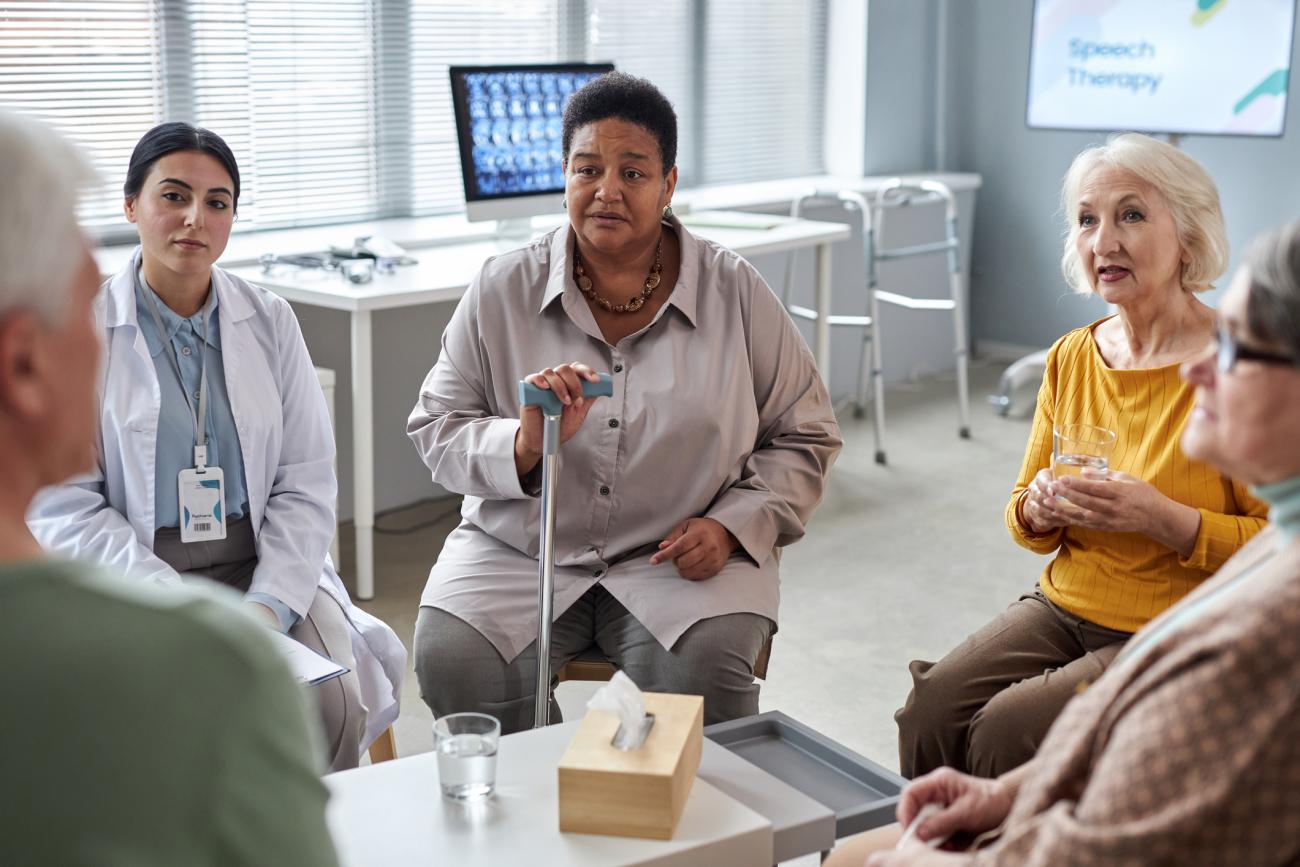It is estimated that 17.6 million people in the United States live within one mile of oil and gas development. In Canada, the province of British Columbia alone currently houses 35000 oil and gas wells, of which approximately one third are unconventional wells. Unconventional wells use hydraulic fracturing, which involves vertical and horizontal drilling for several kilometers under fresh and saline water aquifers. Unconventional oil and gas extraction has been rapidly expanding in both countries over the past decade: hydraulically fractured wells now produce between 65% and 80% of US natural gas and crude oil. In northeastern British Columbia, residents can live with up to 368 unconventional wells within 10 kilometers of their home, which makes us ask how “unconventional” the practice truly is.
What Should the Public Health Policy Response Be to Harmful Exposure to Oil and Gas Development?



